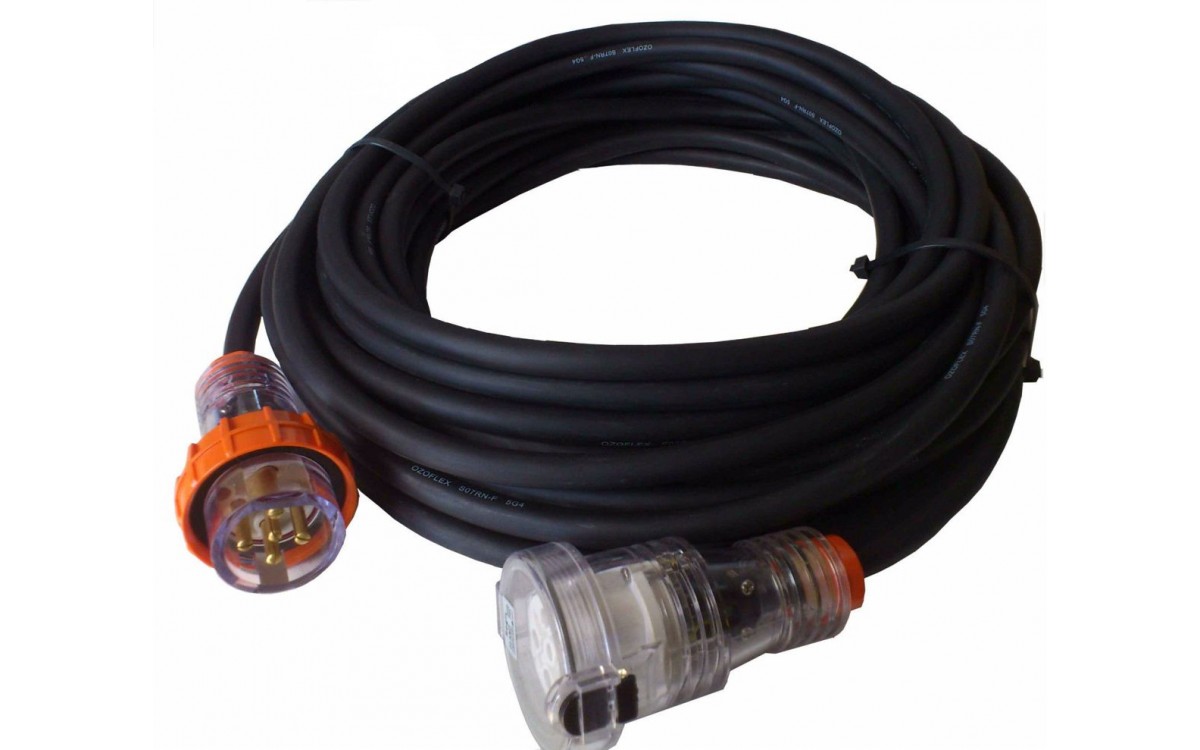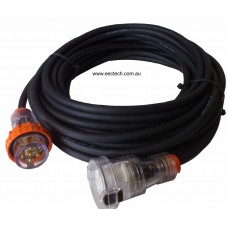A Guide to Australian Standard 3-Phase Extension Leads: Safety, Compliance, and Best Practices
3 Phase extension leads, also known as 3 Phase extension cords or 3 Phase extension cables
When working in industrial, construction, or commercial environments across Australia, the importance of using compliant electrical equipment cannot be overstated. One of the most critical components for safe and efficient power distribution is the 3-phase extension lead. However, not all extension leads are created equal. In Australia, strict standards govern the design, construction, and use of this equipment to ensure workplace safety and reliability.
Australia has some of the world's most comprehensive electrical safety standards. Compliance with these standards for 3-phase extension leads is not just a best practice; it is often a legal requirement. The primary standard governing these products is AS/NZS 3191:2012, which specifies requirements for flexible cords, extension cords, and power boards.
1. Understanding 3-Phase Extension Leads: What You Need to Know
When it comes to powering heavy-duty equipment in industrial, workshop, or construction settings, a standard single-phase extension lead will not suffice. This is where the 3-phase extension lead comes into play—a robust solution designed to deliver higher power loads safely and efficiently.
2. What Is a 3-Phase Extension Lead?
A 3-phase extension lead is a specially designed cable that extends the reach of three-phase electrical power from a central supply to remote equipment or workstations. Unlike single-phase extension leads typically used in homes and offices, 3-phase leads can handle much higher voltages and currents, making them ideal for demanding environments.
3. Key Features and Benefits
a. High Power Capacity: 3-phase extension leads can transmit more power, making them suitable for running industrial machinery, welding equipment, and large motors.
b. Durability: These leads are constructed with heavy-duty insulation and robust connectors designed to withstand harsh environments, physical wear, and frequent handling.
c. Safety: Properly constructed 3-phase extension leads include features like high-quality plugs and sockets, secure locking mechanisms, and clear labelling to prevent misuse.
4. Where Are 3-Phase Extension Leads Used?
You will commonly find these leads in:
a. Construction sites for powering large tools and temporary site offices.
b. Workshops and garages, particularly those involved in automotive repairs or fabrication.
c. Factories and workshops running industrial machinery.
d. Events requiring temporary high-powered installations.
5. What to Consider When Choosing a 3-Phase Extension Lead
a. Length: Choose a lead long enough to reach your equipment, but remember that longer leads can cause a voltage drop, potentially affecting the operation of connected appliances.
b. Current Rating: Ensure the extension lead can handle the current requirements of your equipment.
c. Connector Type: Different plug and socket configurations exist—confirm compatibility with your existing setup.
d. Insulation type: Ensure the insulation is rated for the working temperature of the lead and suitable for the environmental conditions.
e. Safety Standards: Always select leads that comply with relevant safety regulations and carry certification marks.
6. Tips for Selecting and Using 3-Phase Extension Leads in Australia
a. Buy from reputable suppliers who provide documentation of compliance with Australian Standards.
b. Regularly inspect leads for wear, damage, or exposed wires.
c. Never overload a lead—always check its current rating against your equipment's requirements.
d. Ensure leads are tested and tagged at required intervals, especially on construction sites.
e. Store leads properly to prevent mechanical damage.
7. Key Requirements of Australian Standards
a. Construction Quality: Extension leads must be made from high-grade, heavy-duty cables suitable for three-phase power, typically featuring robust rubber or thermoplastic insulation.
b. Plug and Socket Compliance: Plugs and sockets must comply with Australian or European Standards, ensuring compatibility and safety for three-phase connections. Common Australian configurations include 5-pin or 4-pin connectors rated for 10A, 20A, or 32A.
c. Testing and Tagging: Requirements vary between states. Although some states do not explicitly specify testing and tagging for particular sites, but do for others, it is implied under relevant worksite safety laws. All testing must comply with AS/NZS 3760:2022 to ensure the safety and integrity of the equipment.
d. Length and Voltage Drop: Leads should be as short as practical to minimise voltage drop, which can affect performance and safety.
8. Safety Tips
a. Always inspect your extension lead for damage before use.
b. Don’t overload the lead; check its maximum current rating.
c. Store the lead properly to avoid kinks and damage to the insulation.
Conclusion
A 3-phase extension lead is an essential tool for anyone working with high-powered equipment in demanding environments. By choosing the right lead and following safety guidelines, you can ensure reliable power delivery while protecting both your equipment and personnel.


